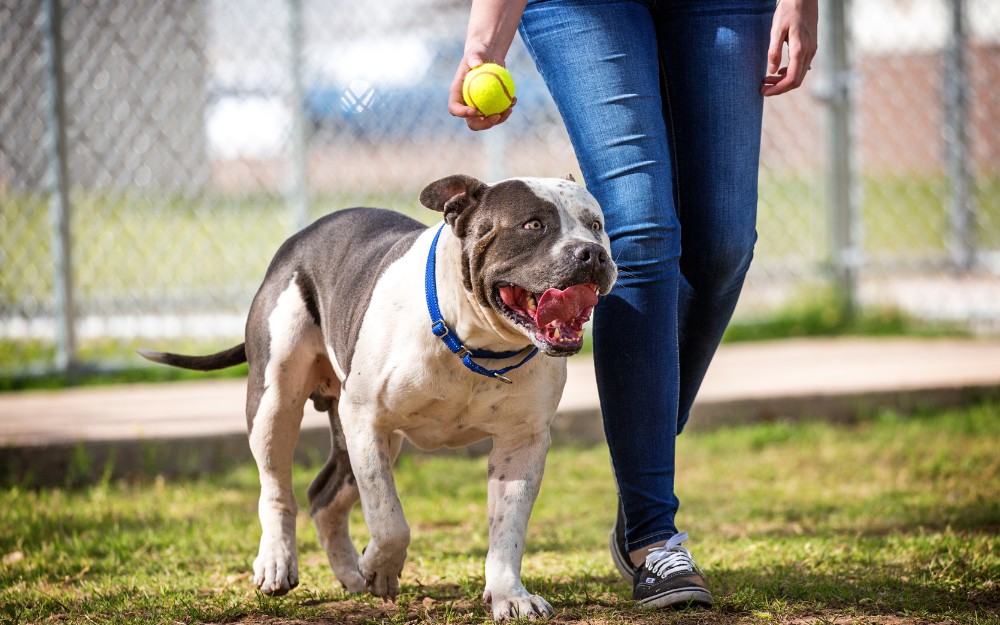Dogs are more than just pets – they’re cherished family members who offer unwavering loyalty and emotional support to millions of Australians. With more than 6 million dogs enriching households across the nation, these faithful companions have become an integral part of our lives. However, this close relationship occasionally leads to unfortunate incidents, as highlighted by recent Australian Institute of Health and Welfare (AIHW) data showing over 9,500 dog attacks in 2021-2022.
The impact of these incidents can be devastating, as tragically demonstrated by news of serious attacks in October 2024. In Townsville, Queensland, a woman lost her arm in an attack by her own pit bull, while in Melbourne, a serious incident resulted in critical injuries from multiple dogs. While most dogs never harm anyone, the rise in pet-related injuries reminds us of the importance of understanding our legal rights and protections. This guide explores the essential aspects of dog bite claims and animal attack claims across Australia, offering guidance for those affected by such incidents.
Types of Injuries from Dog Attacks
According to AIHW, animal attacks can result in a wide range of physical and psychological injuries, with 57% presenting as open wounds. Among the 4,000 hospitalisations recorded in 2013-2014, 90% were due to dog bites. Injury severity can vary significantly, from minor scratches to life-threatening trauma.
Common Physical Injuries
- Deep puncture wounds and lacerations, particularly to extremities
- Head and neck injuries
- Fractures and crush injuries from powerful jaw pressure
- Nerve damage and tissue loss, which may require reconstructive surgery
- Severe trauma resulting in amputation
Psychological Impact:
- Post-traumatic stress disorder (PTSD)
- Specific phobias related to dogs or outdoor spaces
- Anxiety and depression
- Loss of confidence in public spaces
- Emotional trauma, particularly in young children
Long-term Consequences:
- Permanent scarring and disfigurement
- Chronic pain conditions
- Ongoing psychological therapy requirements
- Reduced mobility or function
- Difficulty returning to work or managing everyday activities
These injuries often require comprehensive medical treatment and may result in significant financial burden through both immediate medical costs and ongoing care requirements. Understanding the full scope of potential injuries is crucial when pursuing compensation claims.
Legal Frameworks: Strict Liability vs Negligence
Most Australian states adopt a strict liability approach for dog bite claims, where the dog owner is held responsible for injuries caused by their pet, regardless of whether negligence can be proven. This legal principle simplifies the process for victims by focusing on the harm caused, rather than the owner’s behaviour. For example:
New South Wales
The Companion Animals Act 1998 enforces strict liability on dog owners for injuries caused by their pets. Section 25 of the Act states that dog owners are liable for bodily harm caused by their dogs unless specific defences apply, such as the victim being unlawfully on the owner’s property or the dog being provoked. Victims generally need only demonstrate that the dog caused the injury, particularly in public spaces, to establish liability.
South Australia
The Dog and Cat Management Act 1995 similarly imposes strict liability for injuries caused by dogs. Dog owners are held accountable unless the victim provoked the animal or was trespassing on private property. This makes owners responsible for ensuring their dogs do not cause harm to others.
Western Australia
The Dog Act 1976 also applies strict liability for dog attacks. Owners can avoid liability only if they prove that the victim provoked the dog or was trespassing at the time of the incident. This approach underscores the consistency across states in holding owners responsible for their dogs’ actions while providing limited defences in specific circumstances.
Victoria
The Domestic Animals Act 1994 imposes strict liability on dog owners for injuries caused by their dogs. Additionally, Victoria has specific provisions for dangerous or restricted breeds, which can lead to heightened penalties and potential criminal charges for owners. This demonstrates the state’s focus on regulating high-risk animals and safeguarding public safety.
Queensland
Unlike other states, Queensland follows the Civil Liability Act 2003, which places greater emphasis on negligence. Victims must prove that the dog owner failed to take reasonable steps to prevent the attack. This approach makes claims more complex, as it requires evidence of negligence rather than automatic liability, as seen in strict liability states.
These variations highlight the importance of understanding state-specific legislation when pursuing a dog bite claim. Consulting local legal experts ensures proper navigation of these legal frameworks.
Dog Bite Claims: Compensation Eligibility and Coverage
Successful dog bite claims and other animal attack claims typically cover:
Economic Losses
- Medical expenses, including both immediate treatment and ongoing care requirements, particularly important for cases involving reconstructive surgery or long-term rehabilitation
- Lost income and reduced earning capacity, especially relevant when injuries prevent return to work or necessitate career changes
- Damage to personal items such as torn clothes or broken belongings during the attack
- Travel expenses related to medical treatments and rehabilitation appointments
Non-Economic Losses
- Pain and suffering compensation, taking into account both immediate trauma and ongoing psychological impact
- Loss of enjoyment of life, particularly relevant in cases involving permanent scarring or disability
- Psychological trauma treatment, including therapy for post-traumatic stress disorder (PTSD), anxiety, or developed phobias
Essential Steps After an Attack
Taking appropriate action immediately following a dog attack or animal attack significantly strengthens potential claims:
- Get medical help right away and keep a detailed record of your treatment
- Report the incident to local council and police where appropriate
- Document evidence, including photographs of injuries and the attack location
- Collect witness information and any available CCTV footage
- Identify the animal’s owner and their insurance details
- Consult an experienced Public Liability Lawyer
Time Limitations and Legal Requirements
Most Australian states impose a three-year limitation period for dog bite claims and animal attack claims. However, this timeframe can vary depending on circumstances and jurisdiction. Victoria, Queensland, New South Wales, and Western Australia all maintain specific requirements regarding:
- Incident reporting procedures
- Evidence documentation standards
- Claim filing processes
- Insurance notification requirements
Common Defences and Considerations
Dog owners might defend against animal attack claims by proving:
- The victim was trespassing when the dog attack happened
- The attack resulted from deliberate provocation
- The incident occurred while the dog was defending its owner
- The victim contributed to the attack through their actions
However, these defences may not apply if the dog is classified as dangerous or if the attack occurred in a public space.
Insurance and Compensation Reality
Most successful dog bite claims are settled through the owner’s home and contents insurance, which typically includes public liability coverage. However, claims against uninsured owners can prove challenging unless the owner has substantial assets. This reality often influences the practical pursuit of compensation.
State-Specific Variations
Victoria:
- Requires proof of significant injury for pain and suffering compensation
- Maintains specific provisions for workplace dog attacks
- Offers criminal injuries compensation as an alternative pathway
Queensland:
- Emphasises negligence principles in claims assessment
- Provides specific consideration for witness trauma
- Includes provisions for future economic impact
New South Wales:
- Defines owner responsibility broadly, including temporary carers
- Maintains strict liability provisions
- Offers clear statutory defences
Western Australia:
- Provides comprehensive definition of what constitutes an attack
- Includes provisions for psychological injury compensation
- Maintains specific requirements for dangerous dog breeds
Conclusion
Dog bite claims in Australia involve complex legal frameworks that vary by jurisdiction. Success often depends on prompt action, thorough documentation, and an understanding of state-specific requirements. Whether pursuing compensation through insurance claims or legal proceedings, professional guidance can significantly impact outcomes.
Guiding You from Start to Finish
Our Public Liability Lawyers Parramatta, Public Liability Lawyers Cabramatta, Public Liability Lawyers Perth, Public Liability Lawyers Brisbane, Public Liability Lawyers Adelaide, and Public Liability Lawyers Canberra are experienced in handling dog bite claims across Australian jurisdictions. We offer comprehensive support throughout the claims process, from initial documentation to final settlement negotiations. With our no-win, no-fee arrangement, we ensure access to justice without upfront costs while working to secure maximum compensation for your injuries and losses. Contact us today to start your claim.








